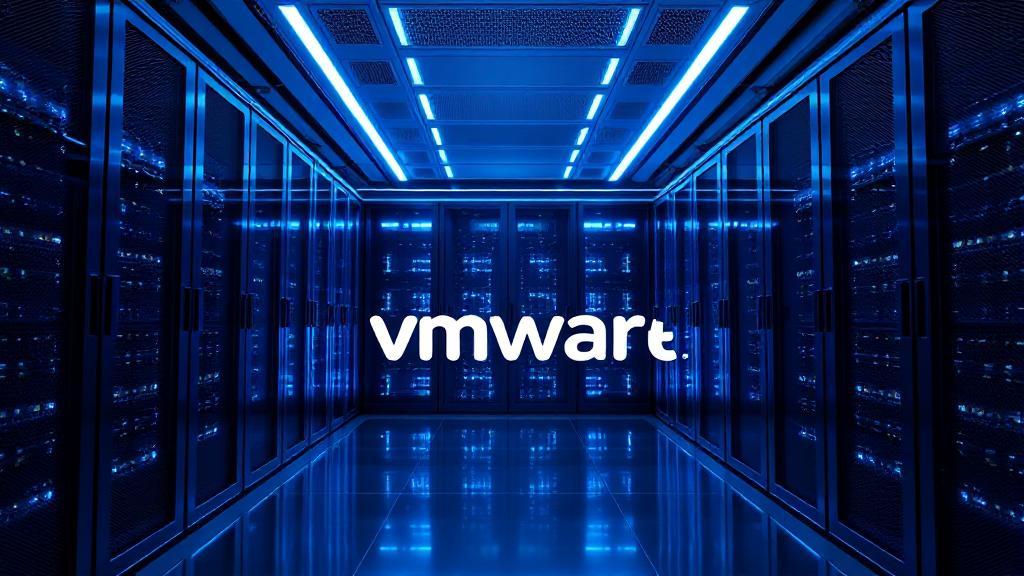What is Virtualization?
Virtualization is the process of creating virtual versions of hardware platforms, storage devices, and network resources. It allows multiple operating systems and applications to run on a single physical machine, optimizing resource utilization and reducing costs. Each virtual machine (VM) is a self-contained environment with its own operating system, applications, and resources.
Benefits of Virtualization
- Cost Efficiency: Reduces the need for physical hardware, lowering capital and operational expenses
- Scalability: Easily scale resources up or down based on demand
- Flexibility: Run multiple operating systems and applications on a single server
- Disaster Recovery: Simplifies backup and recovery processes
- Resource Optimization: Improves server utilization rates and minimizes data center footprint
- Power Efficiency: Lower power consumption through hardware consolidation
Introduction to VMware
VMware, founded in 1998, is a global leader in cloud infrastructure and digital workspace technology. As a subsidiary of Dell Technologies headquartered in Palo Alto, California, VMware provides a wide range of products and services that enable businesses to virtualize their IT environments.
Core Components
vSphere
The flagship product, VMware vSphere, serves as the foundation for most VMware deployments. It consists of two primary components:
- ESXi - The hypervisor that runs directly on physical hardware
- vCenter Server - The centralized management platform for ESXi hosts and VMs
Key VMware Products
- VMware Workstation: Desktop virtualization solution
- VMware Fusion: Virtualization for Mac users
- VMware NSX: Network virtualization and security platform
- VMware vSAN: Software-defined storage solution
- VMware vCloud: Cloud computing platform for deploying and managing virtual infrastructure
- VMware Horizon: Virtual desktop infrastructure (VDI) solution
How VMware Virtualization Works
VMware's virtualization technology is based on a hypervisor, a software layer that allows multiple operating systems to share a single hardware host. The hypervisor allocates resources dynamically and ensures isolation between virtual machines.
Types of Hypervisors
- Type 1 (Bare-Metal): Runs directly on the physical hardware, offering high performance and efficiency. VMware ESXi is an example.
- Type 2 (Hosted): Runs on top of an existing operating system. VMware Workstation and VMware Fusion are examples.
System Requirements and Best Practices
Hardware Requirements
| Component | Minimum Requirement |
|---|---|
| CPU | 64-bit x86 processor |
| Memory | 4GB RAM minimum |
| Storage | 8GB minimum |
| Network | Gigabit Ethernet |
Best Practices
Initial Setup
- Plan your virtual infrastructure carefully
- Document your configuration
- Implement proper backup solutions
- Configure monitoring and alerts
Ongoing Management
- Regularly update VMware tools and software
- Monitor resource usage
- Maintain security patches
- Implement proper backup strategies
Advanced Features
Security Features
VMware includes robust security features such as:
- Micro-segmentation through NSX
- VM encryption
- Role-based access control
- Security policies at the VM level
High Availability and Resource Management
"Virtualization provides the ability to move workloads freely across infrastructure, making IT more adaptive and efficient."
VMware offers advanced features for resource management and availability:
- vMotion for live migration of VMs
- Distributed Resource Scheduler (DRS) for workload balancing
- High Availability (HA) for automatic failover protection
- Storage vMotion for live storage migration
Cloud Integration
Modern VMware deployments can integrate with major cloud providers:
For more information about VMware, visit the VMware website or check out the VMware documentation.
